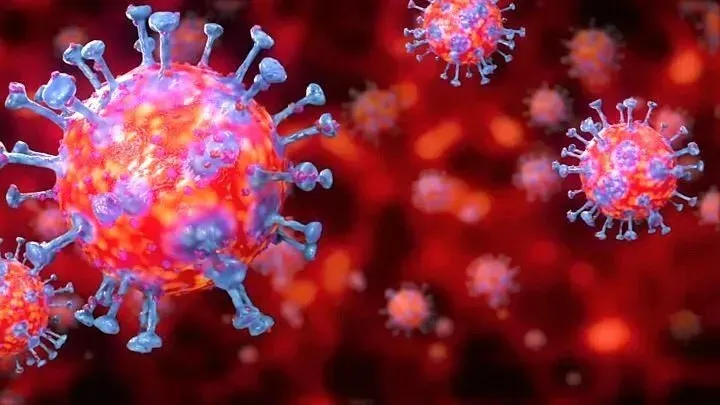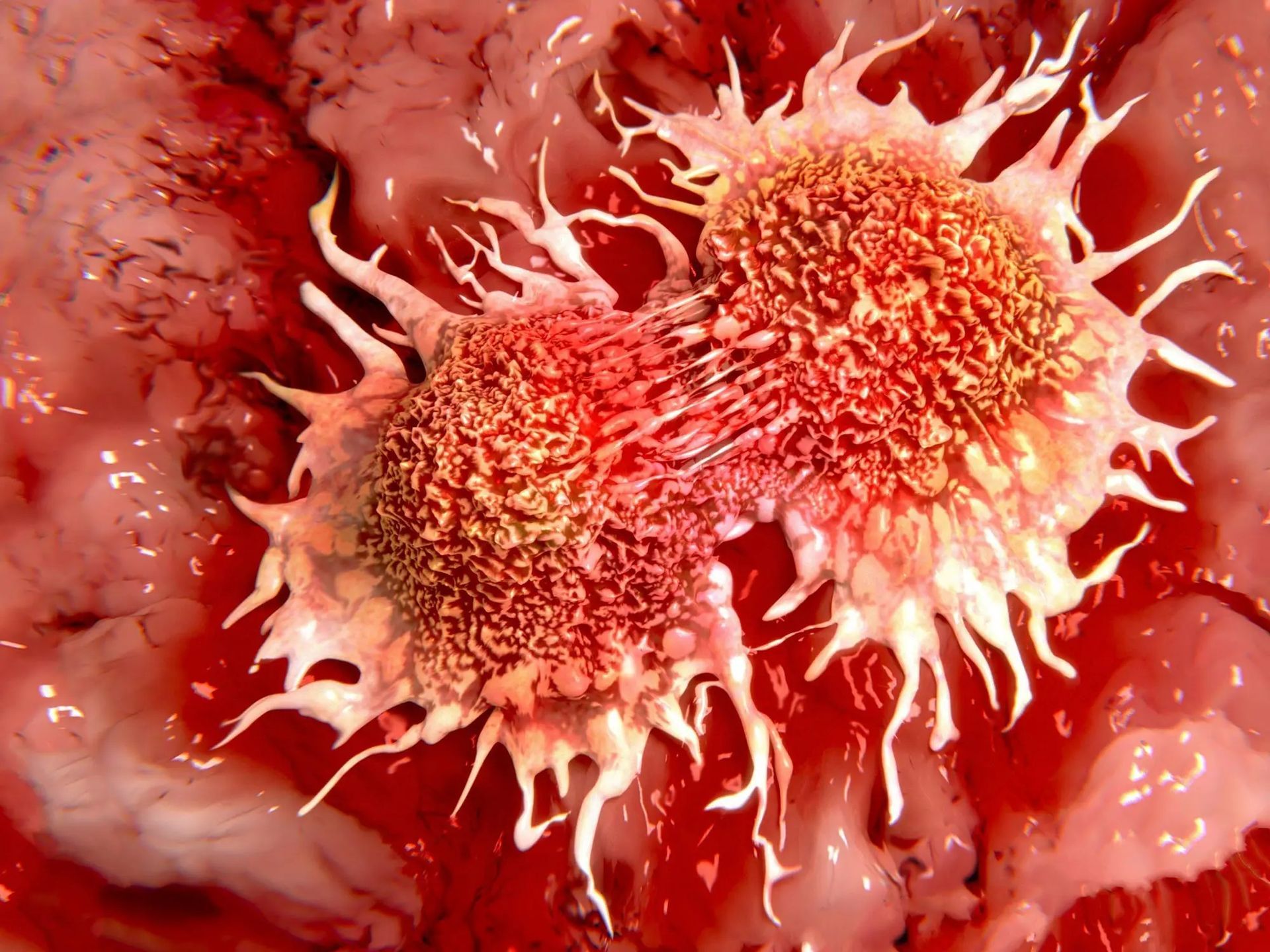(Abstract)
Errors in cellular DNA and the evidence through DNA repair
1. Broken or mismatched DNA strands can lead to serious diseases and even death. It is essential that DNA damage is recognized and repaired quickly.
2. A team at Rockefeller University and Harvard Medical School that found two essential proteins that act like “molecular tailors” that can snip out an error and sew it back up with the correct molecules.
3. These proteins, FANC1 and FANCD2, repair inter-strand cross-links, “one of the most lethal types of DNA damage.” This problem “occurs when the two strands of the double helix are linked together, blocking replication and transcription.”
4. Each of your cells is likely to get 10 alarm calls a day for inter-strand cross-links.
5. The FANC1 and FANCD2 link together and join other members of the repair pathway, and are intimately involved in the excision and insertion steps.
6. One repair operation requires 13 protein parts.
7. “If any one of the 13 proteins in this pathway is damaged, the result is Fanconi anaemia, a blood disorder that leads to bone marrow failure and leukaemia, among other cancers, as well as many physiological defects.”
“Our results show that multiple steps of the essential S-phase ICL repair mechanism fail when the Fanconi anaemia pathway is compromised.”
8. In the scientific paper and press release nor Darwin nor the possible way of how this tightly-integrated system might have evolved was mentioned.
9. The absolute necessity of FANC1 and FANCD2 are very much obvious from this discovery not only in one species but in all that has DNA. Their crucial role for survival of the species is undismissable.
10. There must have existed as perfectly functional units from the time of appearance of any species on this planet otherwise existence would be not possible.
11. This implies creation what further implies that God necessarily exists.
Zdenko Kos, MSc MEc BScEcon(Hons) MBA
GERMAN MEDICAL JOURNAL 2014


